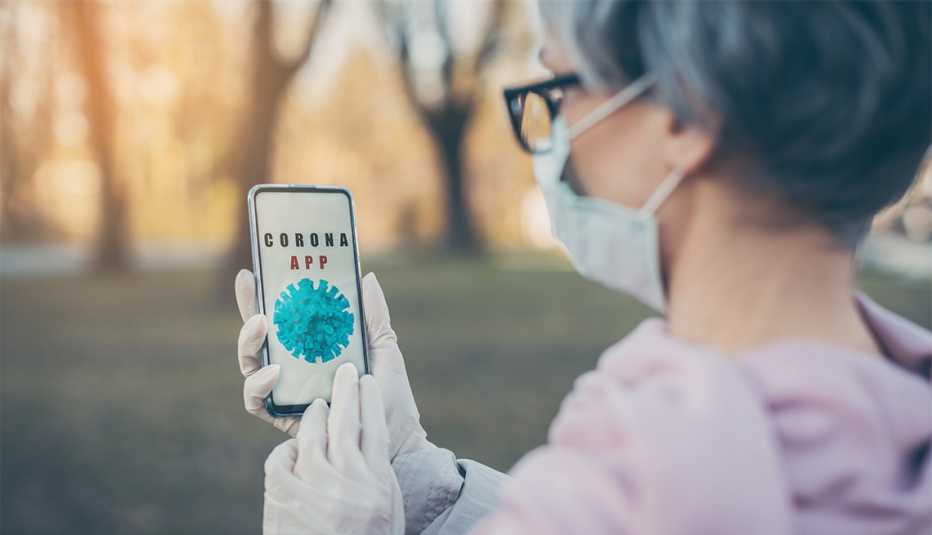Staying Fit


What is close contact?
Remember 6-15-24. If you've been within 6 feet of an infected person for 15 minutes or more in total over 24 hours, the federal Centers for Disease Control and Prevention considers that close contact. Someone who has been exposed won't necessarily come down with COVID-19, but the virus is contagious for 48 hours before a patient has any symptoms or tests positive.
As the number of new COVID-19 cases in the United States spikes to more than 200,000 daily, the need to rapidly discover who has had certain interactions with whom has again raised the question: Could contact tracing using smartphones make you safer?
Back in May, Apple and Google started working on the underlying technology to create apps that would alert people whenever they were exposed to someone infected with COVID-19. The alerts wouldn't identify the person, preserving privacy. But they would be able to warn you about exposure to strangers even in places such as supermarkets and gas stations — something no human contact tracers can do.


AARP Membership— $12 for your first year when you sign up for Automatic Renewal
Get instant access to members-only products and hundreds of discounts, a free second membership, and a subscription to AARP the Magazine.
Now close to half of the states have launched Apple iOS and Google Android apps based on this technology. If you live in a state where health officials are working with software developers to provide information about those who have tested positive, you’ll probably see a featured app that mentions or refers to COVID exposure notifications on your iPhone or Android phone. (If you don’t see a featured app, search for “Covid exposure” and your state.) Joining is voluntary and anonymous but open only to state residents age 18 and older.
Available on iPhones and Android phones, the software technology is officially known as the Exposure Notifications System. It does not track your location using GPS but rather acts as a proximity alert using the low-power wireless Bluetooth feature on most phones. The New York-based nonprofit Brennan Center for Justice considers apps built on this platform to have among the best privacy protections for users’ data.
Whenever you come near someone else using the same app, the phones trade secret codes. Later, if it turns out that you spent more than 10 minutes within 6 feet of anyone who ended up testing positive for COVID-19, you'll be sent an alert and be informed about what to do next. For example, you might be advised to self-isolate or contact your physician.
Is it trustworthy?
Because the software relies solely on information from government authorities, people can’t prank the system by, say, falsely claiming they tested positive and then triggering alerts to scare others. Only people who receive a special code from their local health department can enter a positive result into the app.
Since no national plan has been created for contact tracing, each state is deciding whether to create its own app. That means you’ll see different messages and differently named apps for exposure notifications depending on where you live.

































































More on home-family